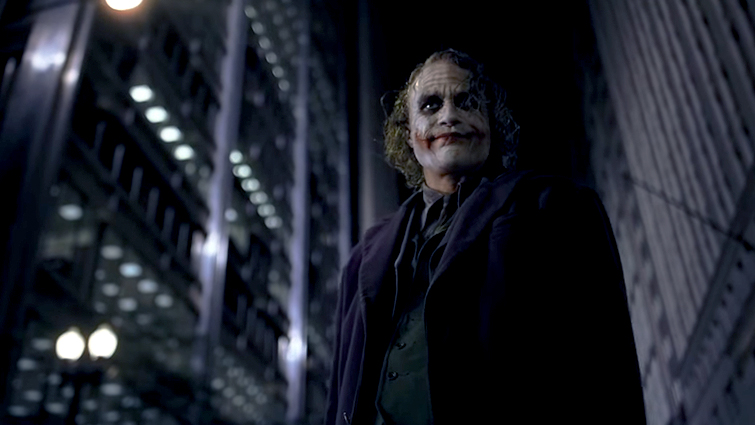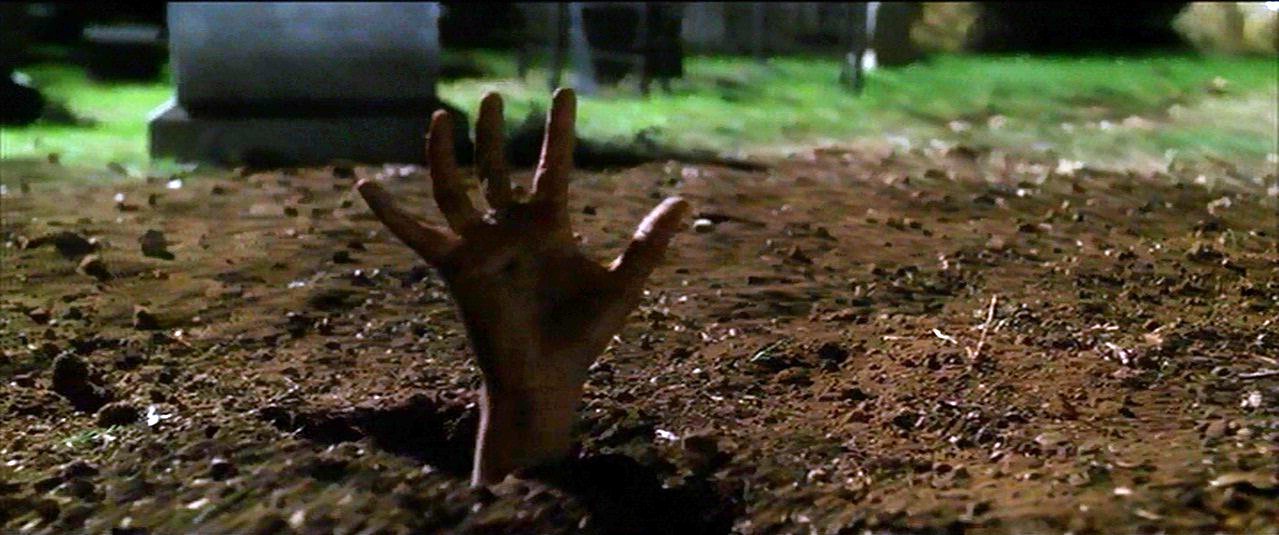Master shot- A shot thats often a long shot, usually placed at the beginning of a scene to establish the general location of the action to follow.
Close up- Usually a shot zoomed into of just a human head or an object that size
Mid- shot- Usually includes the human figure from the waste up
Long shot- Where the human figure would be insignificant relative to its surroundings
Wide shot- Where most of the scene is in shot
Ariel shot- A shot taken from an airborne device, looking down on the scene
Point of view shot- A shot which shows the image of a specific point of view of a character in the film
Over the shoulder shot- It is taken from behind the shoulder, where the shoulder can partly be seen of the person looking at something else.
 |
| over the shoulder |
Angle:
High angle- The camera is higher then its subject
Low angle- The camera is lower then its subject
Canted angle- A camera angle which is deliberately slanted to one side
 |
| canted angle |
 |
| low angle |
Movement:
Pan- A shot in which the camera is made to pivot left or right on its horizontal axis while filming
Tilt- A shot in which the camera is made to pivot up or down on its vertical axis while filming
Zoom- Magnifies the centre of the image
Reverse Zoom- De-magnifies the centre of the image





